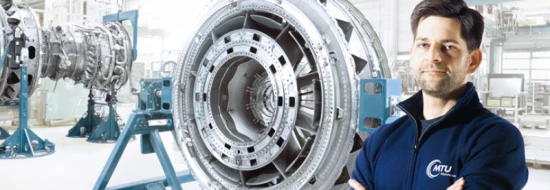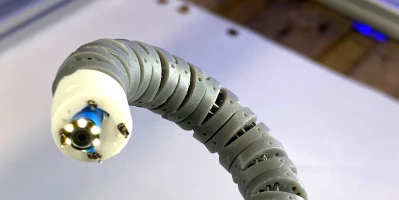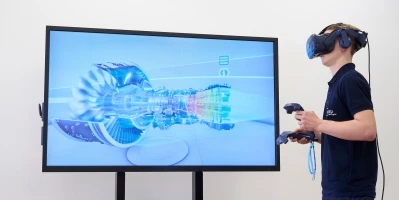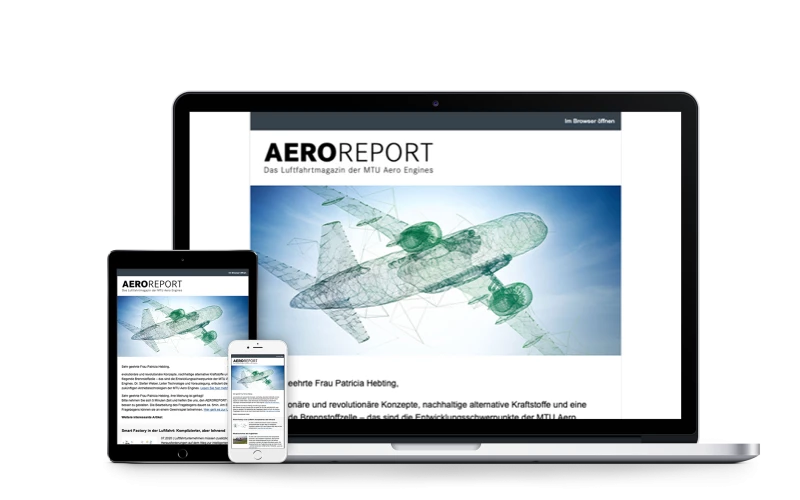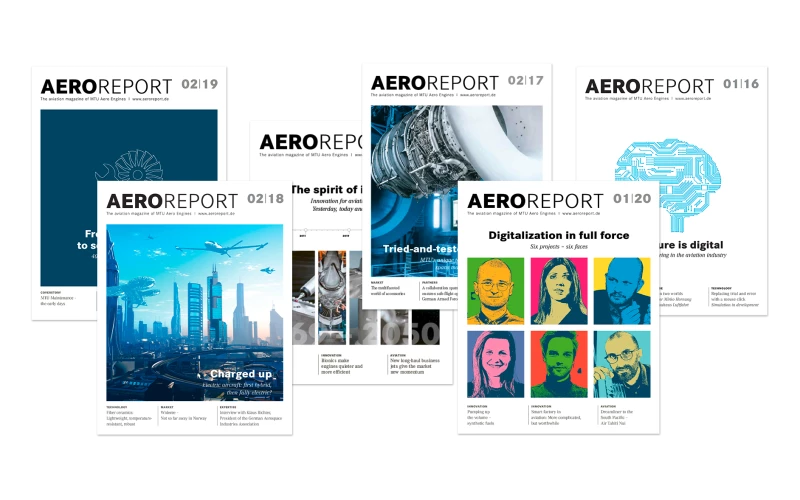innovation
The inspection process in engine maintenance
The “Inspection 4.0” project
09.2018 | 1 mins reading time

Run by MTU Maintenance Berlin-Brandenburg, the project is intended to make the inspection process in engine maintenance more efficient, safe and ergonomic. The test phase is scheduled to continue until July 2019 and conclude with a demonstrator.
Inspection data management All relevant data on the various engine types is collected and made available in a central system. Employees can view the relevant information for the part in question
Technology-enhanced maintenance The employees are assisted in the diagnosis by innovative technologies. This simplifies work processes and makes them more efficient.
Smart glasses These provide a visual representation of the information. The wearer can stand right next to the part and is not obligated to stay in one place. The glasses recognize parts independently; an engineer can see what the inspector is seeing and answer questions while the latter is on site.
E-pen This can be used to mark damaged parts or add a comment to them.
Inspection The part is inspected for damage and categorized. The inspector decides whether the part should be scrapped or repaired, or whether it is in working order. The decisions that the inspector makes are recorded in the system.








